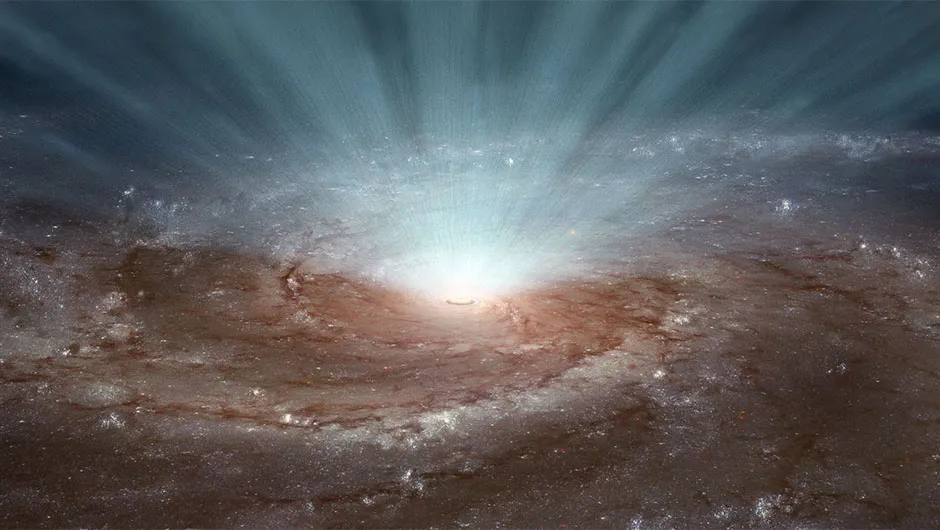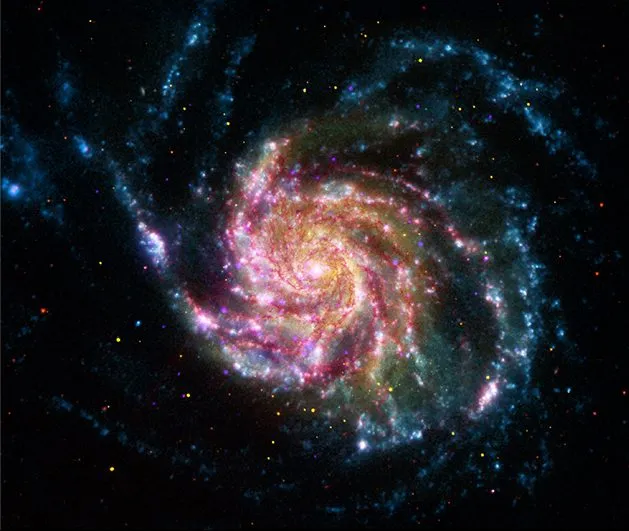New molecules can form in the winds that blow from black holes, enabling new stars to be born in hostile environments, according to a study.
The discovery, if true, could explain how large numbers of molecules can exist in the winds powered by supermassive black holes at the centres of galaxies.
Molecules are mostly found in the coldest parts of the cosmos, so finding molecules in the hot, energetic outflows generated by black holes is something of an astronomical puzzle.
But rather than molecules surviving the extreme heat of black hole outflows, the study suggests molecules are actually being born in these environments.
“When a black hole wind sweeps up gas from its host galaxy, the gas is heated to high temperatures, which destroys any existing molecules,” says Alexander Richings of Northwestern University’s Center for Interdisciplinary Research and Exploration in Astrophysics, who created the computer simulations that enabled the discovery.
“By modeling the molecular chemistry in computer simulations of black hole winds, we found that this swept-up gas can subsequently cool and form new molecules."

In 2015, astronomers discovered energetic outflows containing gases of highly ionized atoms pouring from supermassive black holes at the centres of most galaxies.
In 2017, stars were observed forming in these so-called winds, which should be impossible given the extreme conditions of these outflows.
But Richings and his study co-authorClaude-André Faucher-Giguère, an assistant professor in Northwestern University’s Weinberg College of Arts and Sciences, have found that new molecules like hydrogen, carbon monoxide and water can actually form in black hole winds.

“This is the first time that the molecule formation process has been simulated in full detail, and in our view it is a very compelling explanation for the observation that molecules are ubiquitous in supermassive black hole winds, which has been one of the major outstanding problems in the field,” says Faucher-Giguère.
